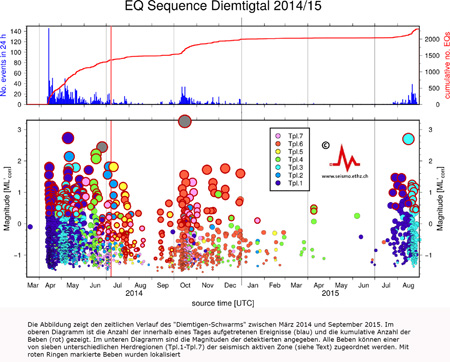Press tab to activate screen reader mode
The content of the page starts here
detect-µ
Kraft, T., Diehl, T., Korger, E. and Tormann, T. (2014). Taking Surface Seismic Monitoring to the Nano-Seismic Scale: Results from Natural and Induced Seismic Sequences in Switzerland. AGU Fall Meeting Abstracts 1, 4552.
